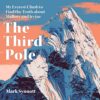
Started in October 2017
and since has become
my most favorite time
and day and people:
Sunday Buddy Read!
Here we go YEAR EIGHT!!
Here are a few things we follow and some info:
- We love our group. We are in year EIGHT of our group.
- All are welcome to join in.
- We follow a reading schedule: I post questions every Sunday that correlates with the schedule that has been posted for the month.
- NO SPOILERS PLEASE. If you accidentally read ahead or have to finish up your library loan- please do not post spoilers. The last discussion is open to anyone who has read the book even if you did not read with us.
- Be KIND. Not everyone participating will have or even should have the same philosophy, ethos, religious, nonreligious or moral beliefs as you.
- I will not tolerate homophobic, bigotted, or any type of hateful comments.
- This is for FUN. It is one of the best parts of my week. No drama please.
- I love you all! We have so much fun and I hope you will as well!
JANUARY 2025
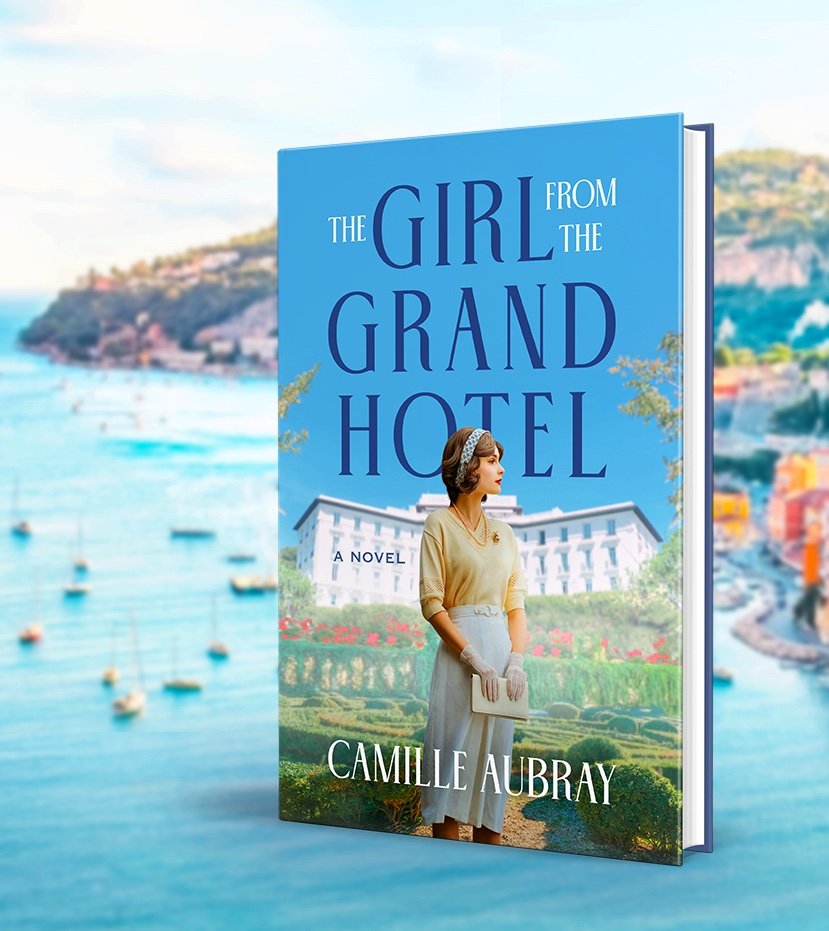
Another from an author whose books we have read. I rated the past books: ONE LOVE (The Godmothers) and ONE SO-SO(Cooking for Picasso). Here is hoping this is wonderful!!!!
The #1 bestselling author of Cooking for Picasso and The Godmothers returns with The Girl from the Grand Hotel, a dazzling historical novel that brings readers into the glamorous world of the first (and doomed) Cannes Film Festival and the deadly atmosphere of Europe on the brink of war.
Summer, 1939. The glittering Côte d’Azur is having a particularly brilliant season, as the world’s wealthiest vacationers collide with Hollywood’s illustrious movie stars for the first-ever film festival on the French Riviera.
Into this hothouse playground comes an American named Annabel Faucon. Having left a dead-end job and a broken heart back in New York, she’s escaped to a summer stint at the fabulous Grand Hotel where her uncle is the manager. But when a major movie studio brings its flock of stars to stay at the hotel, Annabel is hand-picked to “keep an eye on” two of the mysterious arrivals: a screenwriter who’s been “in his cups”, and a renegade actor who keeps luring the studio’s female star into his independent productions.
The arrival of Nazi guests only intensifies the situation. Suddenly everyone is watching everybody else during this feverish last summer before the outbreak of World War II. Faced with international spies who will stop at nothing to get what they want, Annabel finds herself embroiled in murder, intrigue, and a race against the clock to disrupt a secret Nazi communications system.
Inspired by true events and the histories of three great hotels on the Côte d’Azur—with appearances by such real-life luminaries as Marlene Dietrich, F. Scott Fitzgerald, James Cagney and Mae West.
FEBRUARY 2025
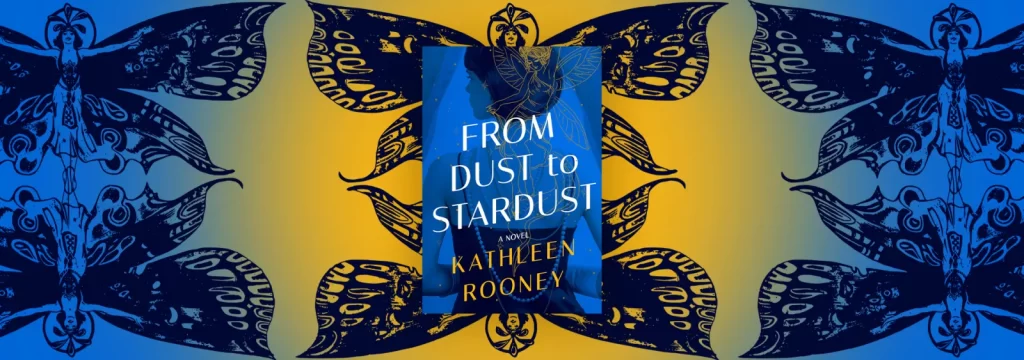
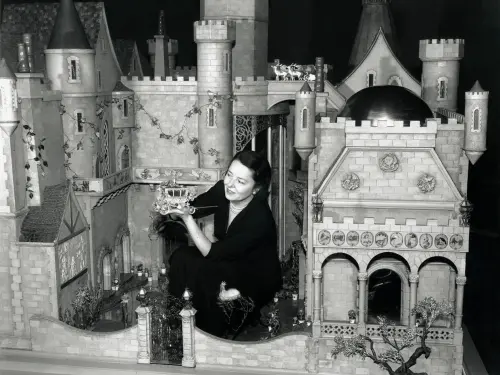

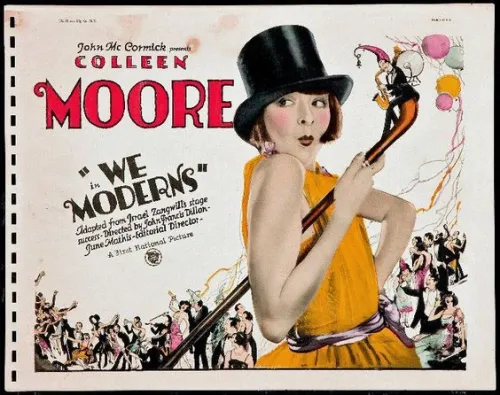
One of my favorite things to visit in Chicago is the Fairy Castle Dollhouse of Colleen Moore. I loved Lillian Boxfish Takes a Walk by Kathleen Rooney, so I was thrilled to see this new book by her about Colleen Moore and the Dollhouse.
From the bestselling author of Lillian Boxfish Takes a Walk comes a novel about Hollywood, the cost of stardom, and selfless second acts, inspired by an extraordinary true story.
Chicago, 1916. Doreen O’Dare is fourteen years old when she hops a Hollywood-bound train with her beloved Irish grandmother. Within a decade, her trademark bob and insouciant charm make her the preeminent movie flapper of the Jazz Age. But her success story masks one of relentless ambition, tragedy, and the secrets of a dangerous marriage.
Her professional life in flux, Doreen trades one dream for another. She pours her wealth and creative energy into a singular achievement: the construction of a one-ton miniature Fairy Castle, the likes of which the world has never seen. So begins Doreen’s public tour to lift the nation’s spirits during the Great Depression–and a personal journey worth remembering.
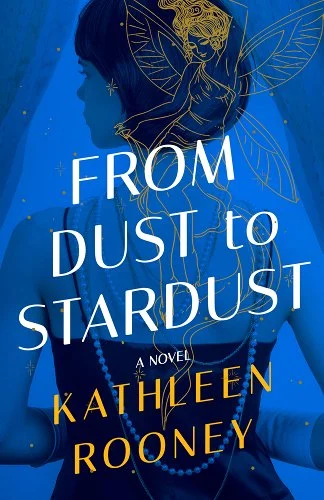
A sweeping journey from the dawn of the motion picture era through turbulent twentieth-century America, From Dust to Stardust is a breathtaking novel about one determined woman navigating change, challenging the price of fame, and sharing the gift of real magic.
MARCH 2025


This book I am quite excited for. I know NADA about Dorothy and feel I should have known! I love design and I cannot wait to research this more!!
Dorothy Draper was born to a wealthy and privileged family in 1889, in one of the most exclusive communities in American history, Tuxedo Park. She was the first to “professionalize” the interior design industry by establishing, in 1923, the first interior design company in the United States, Dorothy Draper & Company, something that until then was unheard of, and also at a time when it was considered daring for a woman to go into business for herself.

Dorothy Draper has one last chance to prove she chose the right course for her life. With the restoration of The Greenbrier resort at her fingertips, Dorothy aspires to give new life to a place that’s sentimental to her, and to bring a new spark to interior design.
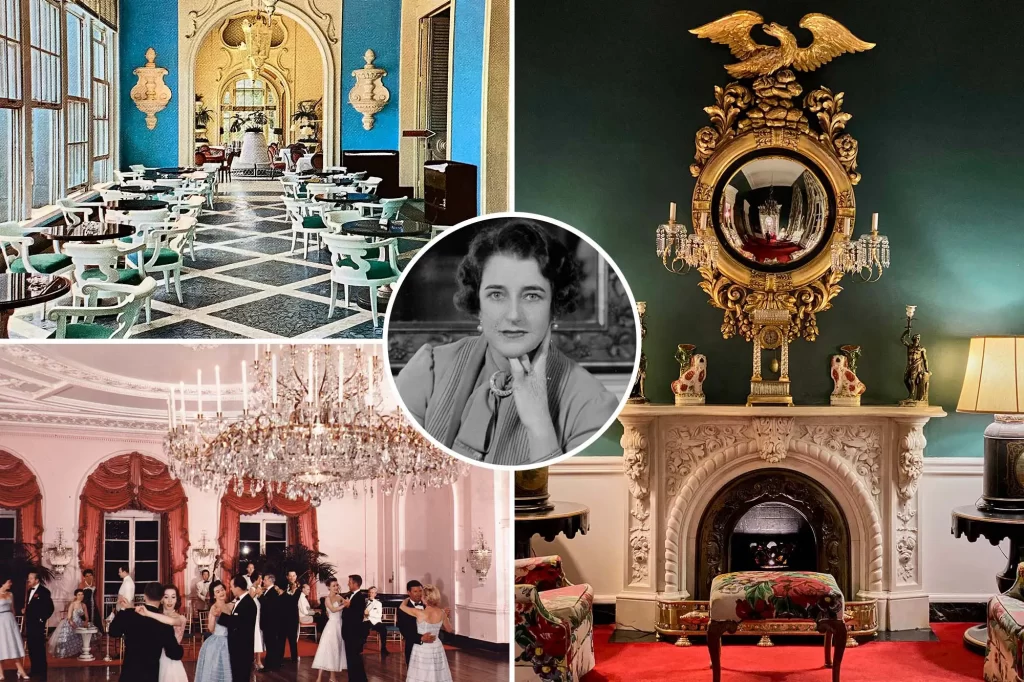
In 1908, young Dorothy Tuckerman chafes under the bland, beige traditions of her socialite circles. Only the aristocracy’s annual summer trips to The Greenbrier resort in West Virginia spark her imagination. In this naturally beautiful place, an unexpected romance with an Italian racecar driver gives Dorothy a taste of the passion and adventure she wants. But her family intervenes, sentencing Dorothy to the life she hopes to escape.
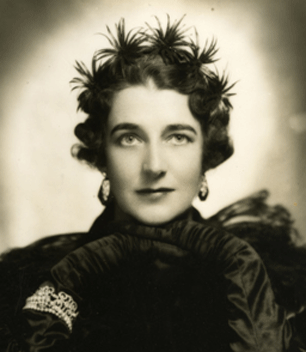
Thirty-eight years later, as World War II draws to a close, Dorothy has done everything a woman in the early twentieth century should not: she has divorced her husband—scandalous—and established America’s first interior design firm—shocking. Now, Dorothy returns to The Greenbrier with the assignment to restore it to something even greater than its original glory. With her beloved company’s future hanging in the balance and brimming with daring, unconventional ideas, Dorothy has one more chance to give her dreams wings or succumb to her what society tells her is her inescapable fate.

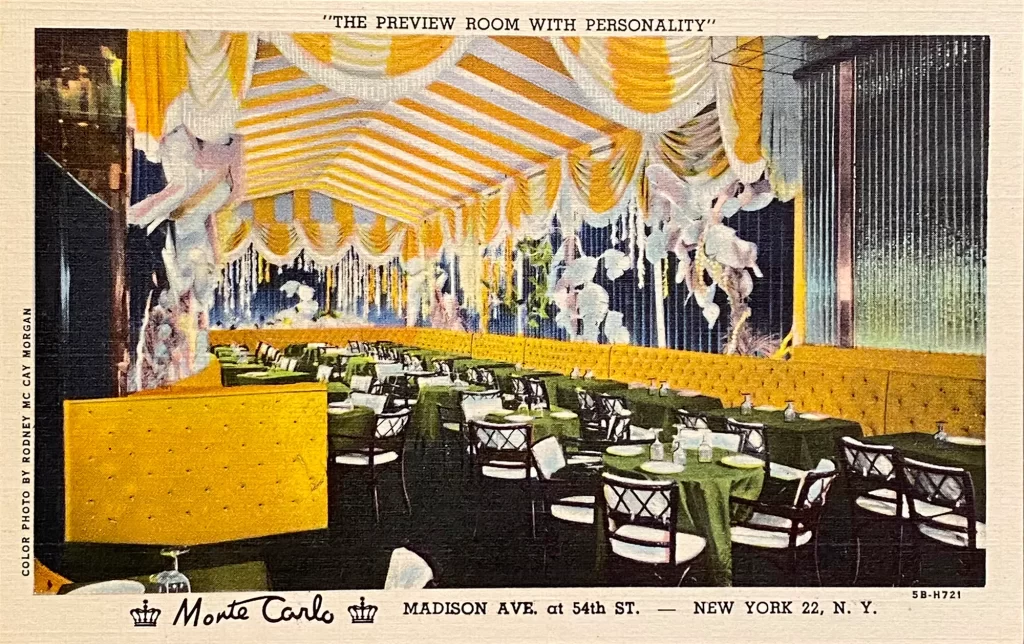
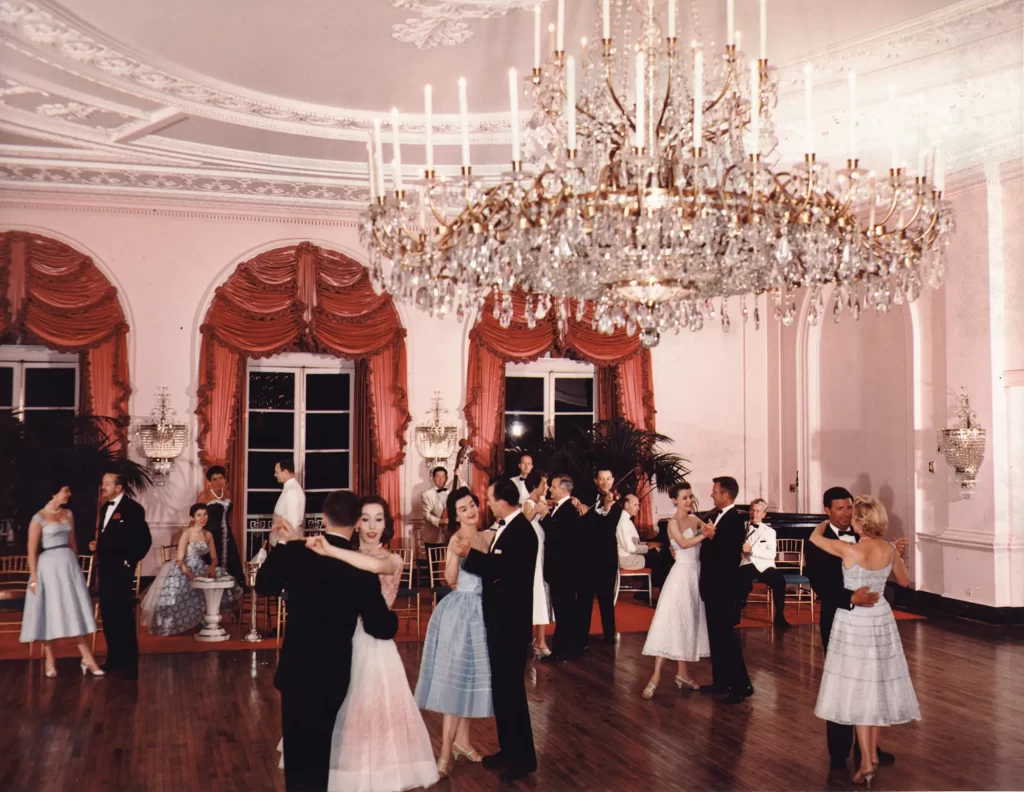

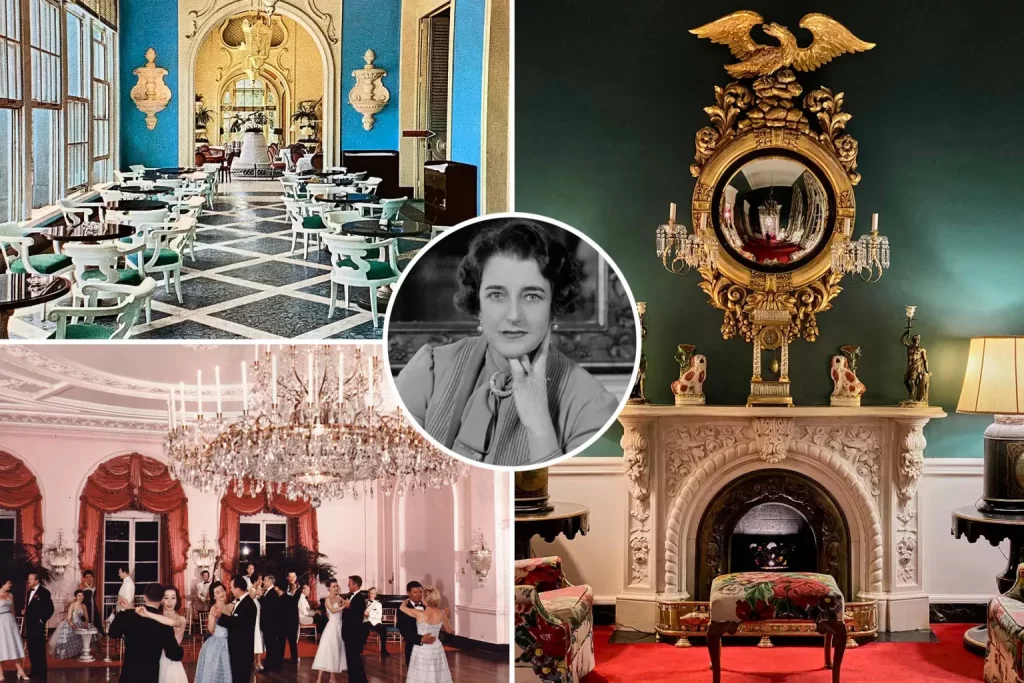
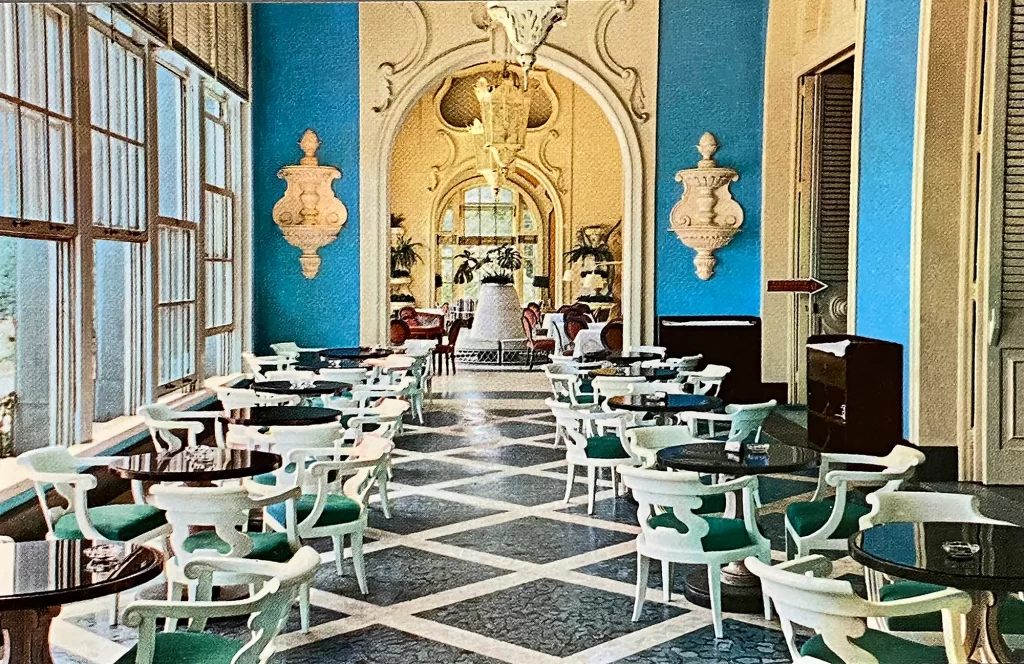
Based on the true story of famed designer Dorothy Draper, The Grand Design is a moving tale of one woman’s quest to transform the walls that hold her captive.
APRIL 2025
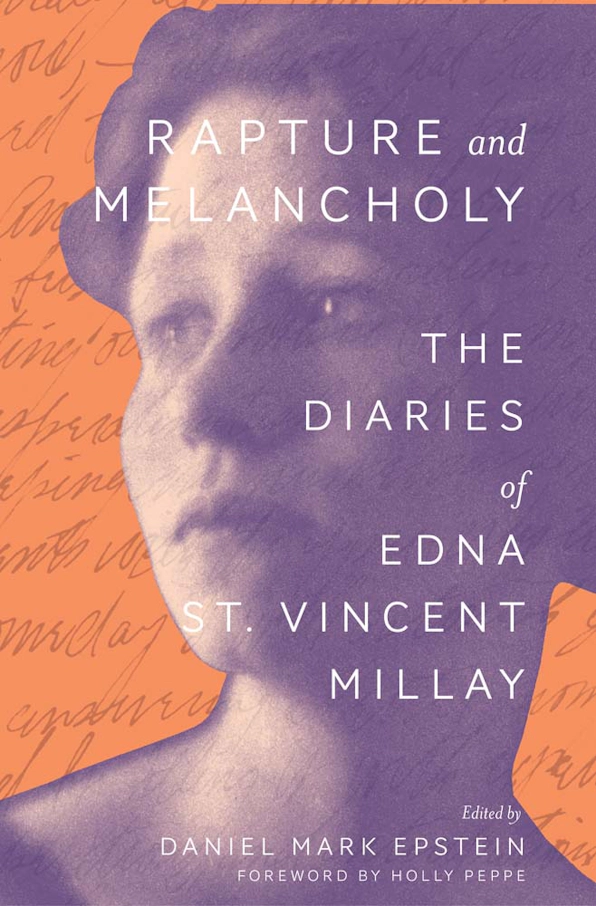
April is poetry month!! As such we will be immersing ourselves with Edna St. Vincent Millay. As before with Adrienne Rich I will be drawing names from participants and sending out poetry books of Edna’s.
I am very excited to learn Edna’s story.
The English author Thomas Hardy proclaimed that America had two great attractions: the skyscraper, and the poetry of Edna St. Vincent Millay. In these diaries the great American poet illuminates not only her literary genius, but her life as a devoted daughter, sister, wife, and public heroine; and finally as a solitary, tragic figure.
This is the first publication of the diaries she kept from adolescence until middle age, between 1907 and 1949, focused on her most productive years. Who was the girl who wrote “Renascence,” that marvel of early twentieth-century poetry? What trauma or spiritual journey inspired the poem? And after such celebrity why did she vanish into near seclusion after 1940? These questions hover over the life and work, and trouble biographers and readers alike. Intimate, eloquent, these confessions and keen observations provide the key to understanding Millay’s journey from small-town obscurity to world fame, and the tragedy of her demise.
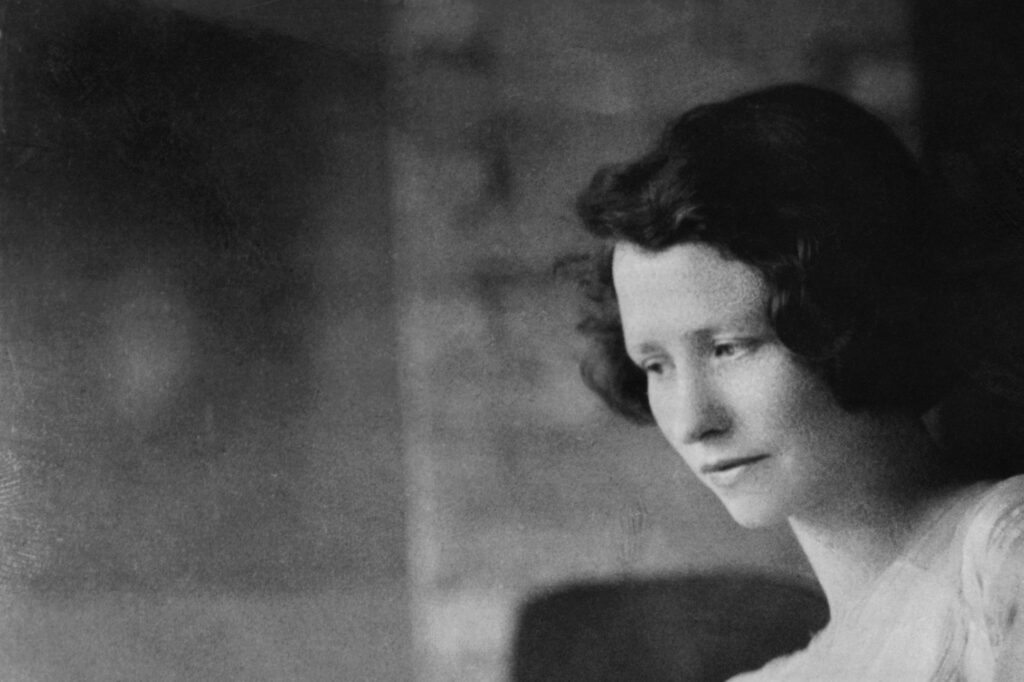


Edna St. Vincent Millay was an American lyrical poet and playwright. Millay was a renowned social figure and noted feminist in New York City during the Roaring Twenties and beyond. She wrote much of her prose and hackwork verse under the pseudonym Nancy Boyd.
MAY 2025
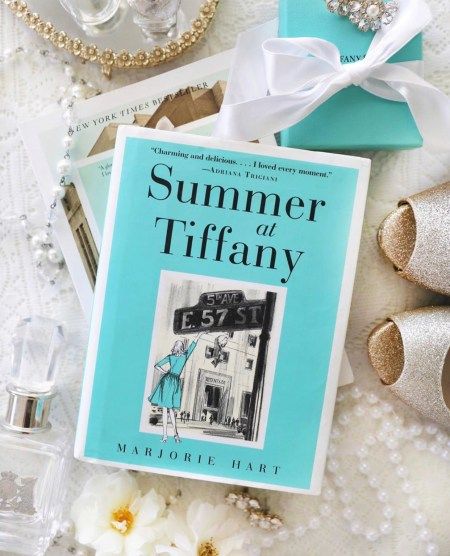
My BIRTHDAY MONTH! I have always wanted to read this book. Hopefully it will be good.
(This didn’t work out so well LAST MAY! OY TO THE VEY.) Summer at Tiffany, being an older book means that people may have already read it, but I am hoping we have a fun month with it either way!
Summer in NYC back in the day! How lovely.
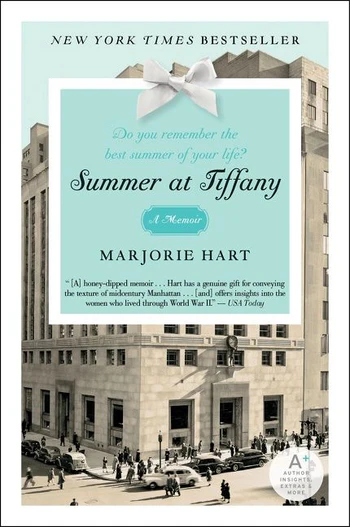
Do you remember the best summer of your life?
New York City, 1945. Marjorie Jacobson and her best friend, Marty Garrett, arrive fresh from the Kappa house at the University of Iowa hoping to find summer positions as shopgirls. Turned away from the top department stores, they miraculously find jobs as pages at Tiffany & Co., becoming the first women to ever work on the sales floor—a diamond-filled day job replete with Tiffany blue shirtwaist dresses from Bonwit Teller’s—and the envy of all their friends.
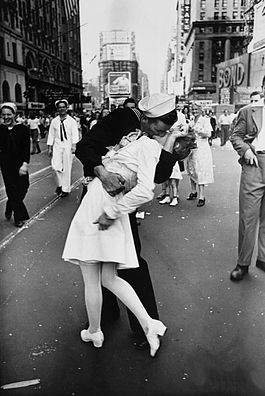
Hart takes us back to the magical time when she and Marty rubbed elbows with the rich and famous; pinched pennies to eat at the Automat; experienced nightlife at La Martinique; and danced away their weekends with dashing midshipmen. Between being dazzled by Judy Garland’s honeymoon visit to Tiffany, celebrating VJ Day in Times Square, and mingling with Café Society, she fell in love, learned unforgettable lessons, made important decisions that would change her future, and created the remarkable memories she now shares with all of us.
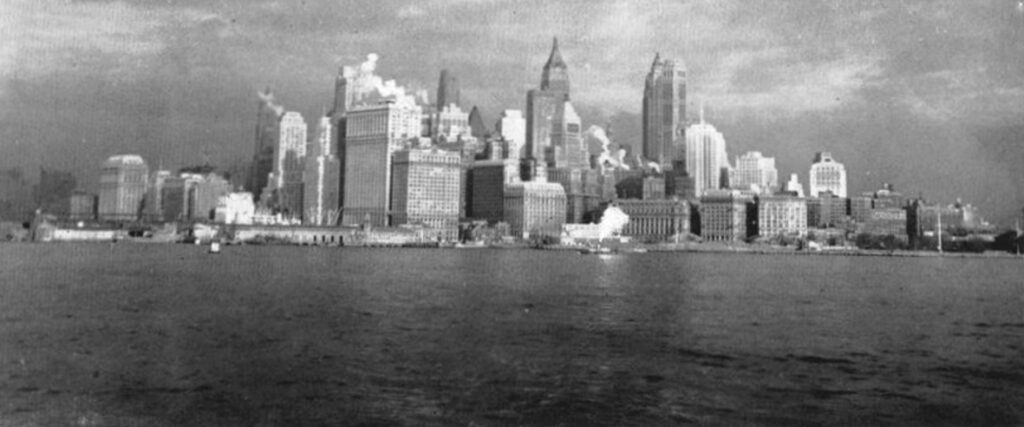
JUNE 2025

PRIDE MONTH with Malinda Lo AGAIN!
This is her FIRST BOOK from 2009!!!
A Cinderella retelling! How wonderful! I think this will be a lot of fun for June reading.
In the wake of her father’s death, Ash is left at the mercy of her cruel stepmother. Consumed with grief, her only joy comes by the light of the dying hearth fire, re-reading the fairy tales her mother once told her. In her dreams, someday the fairies will steal her away, as they are said to do. When she meets the dark and dangerous fairy Sidhean, she believes that her wish may be granted.
The day that Ash meets Kaisa, the King’s Huntress, her heart begins to change. Instead of chasing fairies, Ash learns to hunt with Kaisa. Though their friendship is as delicate as a new bloom, it reawakens Ash’s capacity for love—and her desire to live. But Sidhean has already claimed Ash for his own, and she must make a choice between fairy tale dreams and true love.
Entrancing, empowering, and romantic, Ash is about the connection between life and love, and solitude and death, where transformation can come from even the deepest grief.
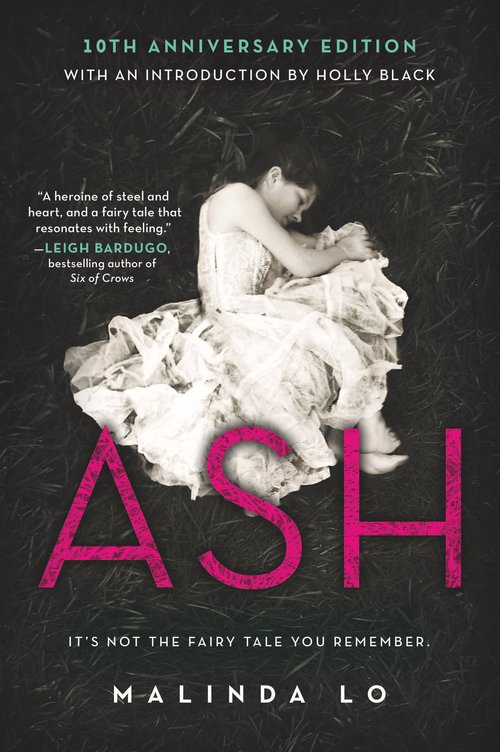
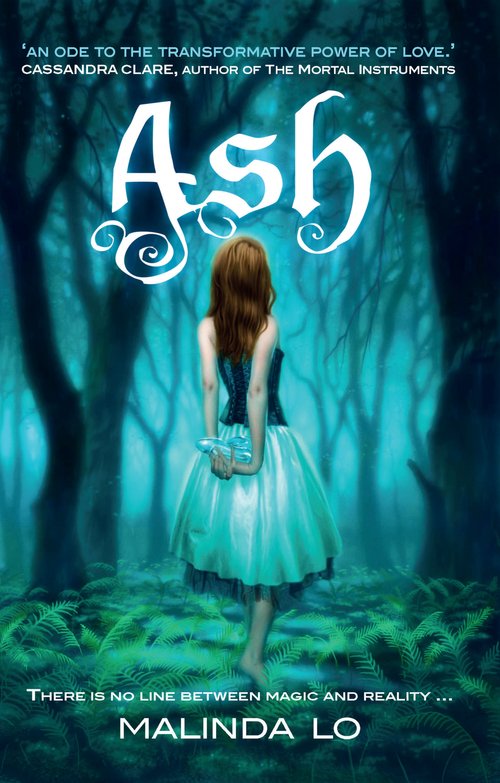
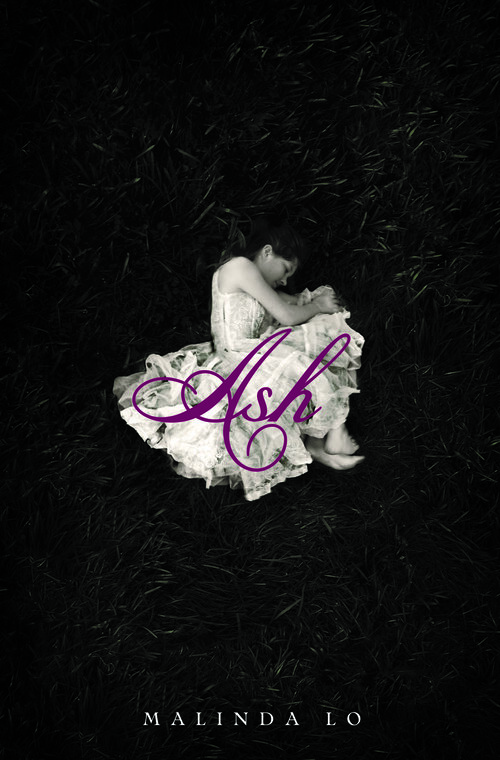
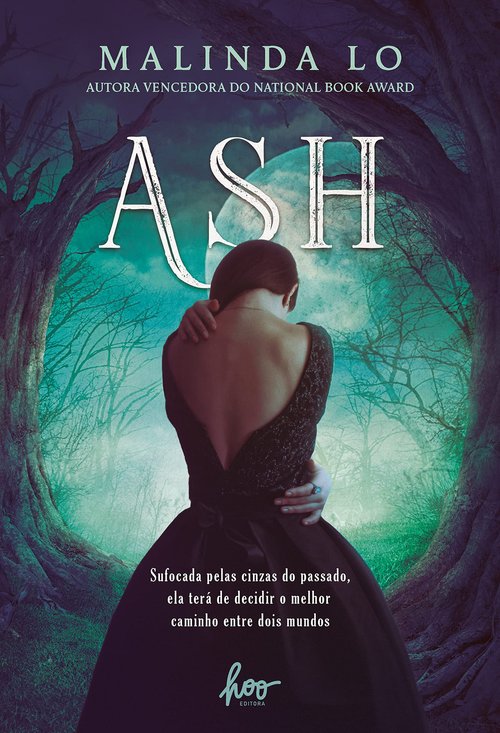
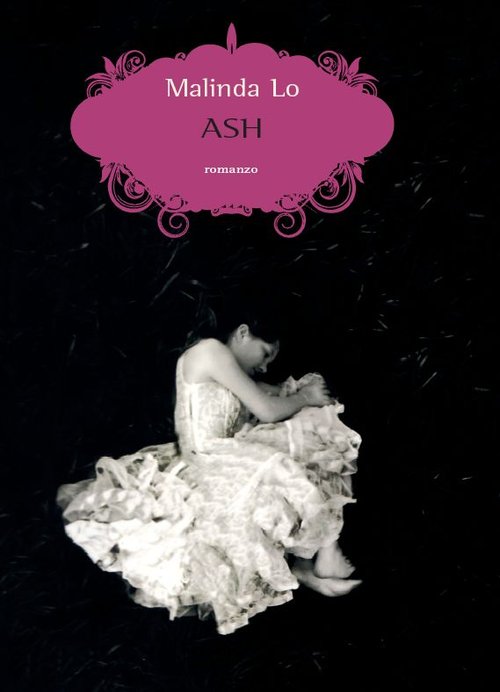

JULY 2025
Stacey Lee! One of our Favorites!
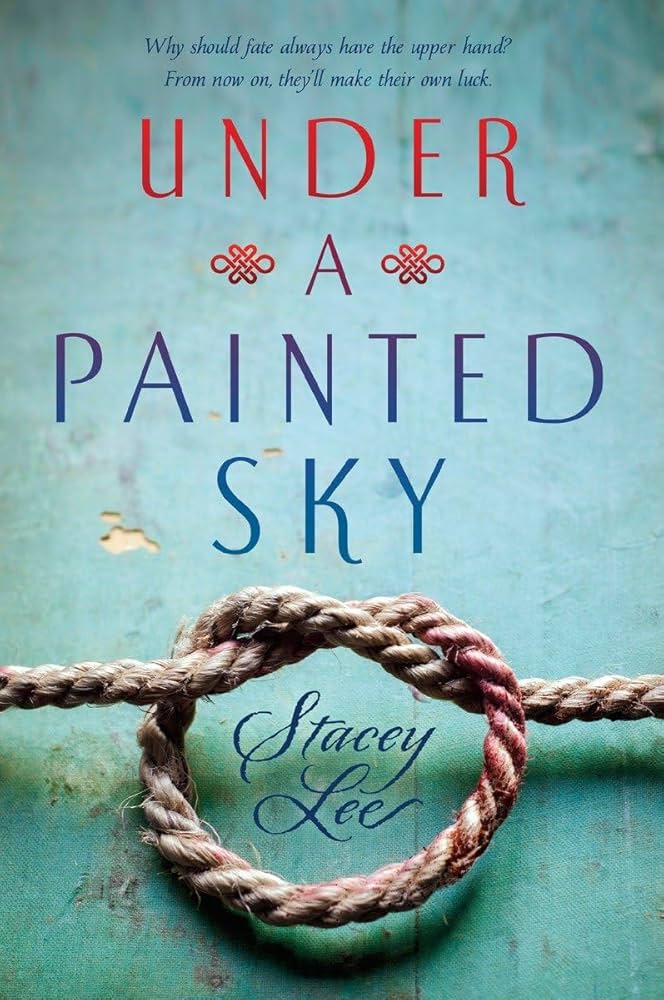

All Samantha wanted was to move back to New York and pursue her music, which was difficult enough being a Chinese girl in Missouri, 1849. Then her fate takes a turn for the worse after a tragic accident leaves her with nothing and she breaks the law in self-defense. With help from Annamae, a runaway slave she met at the scene of her crime, the two flee town for the unknown frontier.
But life on the Oregon Trail is unsafe for two girls. Disguised as Sammy and Andy, two boys heading for the California gold rush, each search for a link to their past and struggle to avoid any unwanted attention. Until they merge paths with a band of cowboys turned allies, and Samantha can’t stop herself from falling for one. But the law is closing in on them and new setbacks come each day, and the girls will quickly learn there are not many places one can hide on the open trail.
AUGUST 2025
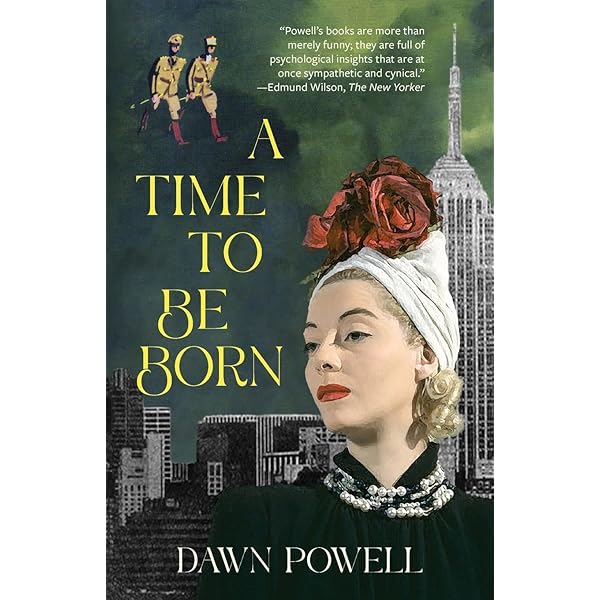
Y’all can blame my addiction to Gilmore Girls for this one!
Set in pre-World War II New York City, A Time of Be Born offers a satirical send-up of city dwellers whose opportunism is only matched by their egotism. The novel revolves around a conniving novelist, Amanda Keeler, and her husband-a wealthy, self-important newspaper magnate. Amanda’s rise to fame as a romance writer is propelled by glowing reviews in her husband’s newspapers of her ghostwritten book. Meanwhile, Amanda entangles Vicky Haven, a newcomer from Ohio, in her web of social and romantic machinations. A blistering “comedy of manners” (The New York Times), A Time to Be Born scrutinizes the ambitions of a certain class of Manhattanites on the eve of world-changing global events. This Warbler Classics edition includes a detailed biographical timeline.
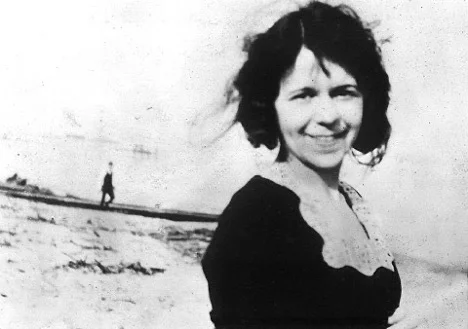
Dawn Powell infiltrated the writing world by hanging out in bars and taverns around New York’s Greenwich Village in the 1920s, rubbing shoulders with the likes of Ernest Hemingway and Edmund Wilson.
“She came from nowhere, she was no one,” writer Fran Lebowitz told Radio Diaries.
But Powell had a voice. She had style. And she rose from obscurity by turning her gaze on the city of New York itself and its cast of characters. Over the coming decades, Powell wrote novels, diaries and more than a dozen plays — earning her renown, and even a National Book Award nomination.
Then, in 1965, she died. What happened next didn’t go according to script.
Powell had been clear in her will: she wanted her body to be donated to the Weill Cornell Medical Center for research. Yet five years after her death, when Cornell asked her executor, Jacqueline Rice, what to do with her remains, Rice left the decision up to the center.
So, unbeknownst to her family and friends, Powell was buried on New York’s Hart Island — America’s largest public cemetery. Then, all of her work went out of print.
A generational talent of New York was buried in its heart, but lost to the world and those who knew her.
Hart Island, located off the coast of the Bronx, has no headstones and no plaques. It’s often seen as a place for those who went unrecognized in their lifetime — not for well-known writers.
Powell had been writing stories since she was a child. Growing up in Ohio, she endured considerable emotional abuse from her stepmother and often used writing as an escape. In 1918, she left Ohio for New York City, with dreams of being a writer.
“She knew that she was smart enough, good enough to be very good in New York, which is the most competitive place in the world,” Lebowitz said.
Powell’s humble beginnings in the bars of Greenwich Village turned into a career. In the coming years, she wrote witty pieces on New York life for magazines like The New Yorker and Esquire. Her career picked up steam when she began writing novels about New York: satirical, risque fiction about people who’d come to the city from a small town and indulged in its joys and vices. Her most well known novels include A Time to Be Born (1942) and The Wicked Pavilion (1954).
Years later, Powell’s great-niece Vicki Johnson was told by her mother about the burial on Hart Island, also known as a Potter’s Field.
Though Powell’s descendants have chosen not to remove her body from Hart Island, there has been a considerable effort to unbury her work. In 1987, her writer and friend, Gore Vidal, published an article in The New York Review of Books, praising Powell as one of American literature’s lost greats. The article ignited interest in Powell in the writing world.
Steerforth Press also published a volume of Powell’s diaries, edited by Page, in 1998. The Library of America put nine of her novels back in print in 2001.
These days, Powell has gained a cult-like following. Celebrities like Julia Roberts and Anjelica Huston have tried turning her books into films, and she’s gotten a shout-out more than once on the TV show Gilmore Girls.
“There will come a time when people will realize that she’s one of America’s greatest writers,” Page said.
I am really excited for this read!
SEPTEMBER 2025

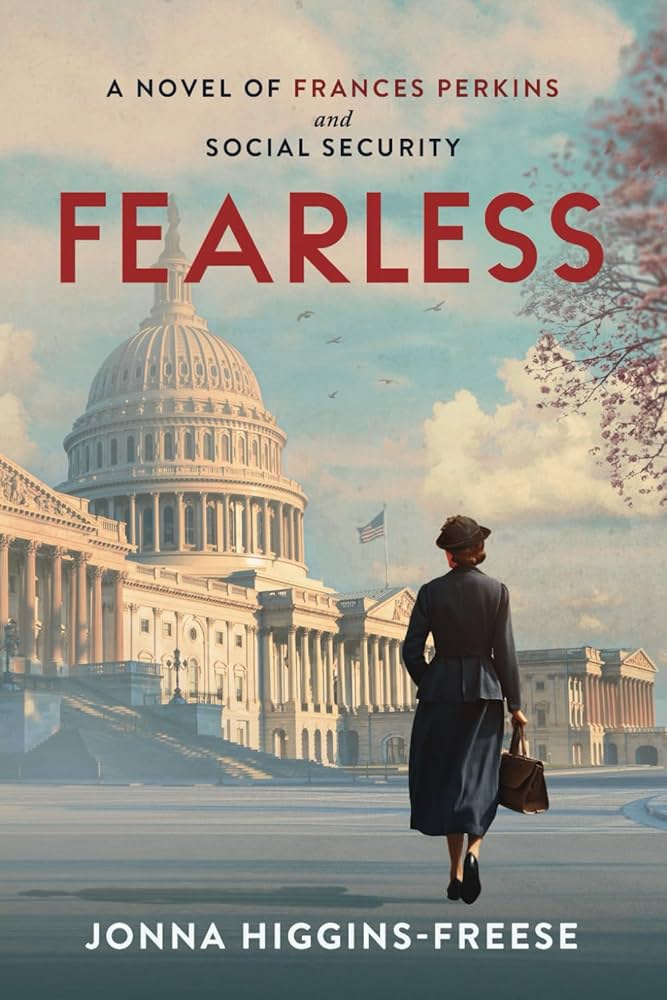
I have read several books recently with references to Frances. I have only read one very short nonfiction book on just her and am looking forward to where this book takes us in our knowledge. AND in case you’ve never caught it BABY in DIRTY DANCING was named FRANCES – after the FIRST woman in the cabinet!

1934: the bank panics are over, unemployment is down to twenty-one percent, and the Oklahoma dirt deposited by the latest Dust Bowl storm has been washed from the windows.
From her office in Washington, DC, Secretary of Labor Frances Perkins, the first woman to serve in a president’s cabinet, fights to enact Social Security. She is demonized by Republicans, communists, businessmen, and union organizers alike. FDR supports her one minute and leaves her dangling the next. Her personal life offers no respite: her husband is secreted away in a hospital for the mentally ill, while her teenage daughter threatens to drop out of college.
When Frances’s best friend dies suddenly and the bill stalls in Congress, she turns to a range of allies, from wealthy mine owner Josephine Roche to Harry Hopkins, fiery defender of everyday people; from hotshot attorneys to Walter Chrysler; from her fierce secretary, Miss Jay, to a strong group of women friends. With their help, Frances passes legislation so that Americans have less to fear from life’s uncertainty.


Frances Perkins was an American workers-rights advocate who served as the fourth United States Secretary of Labor from 1933 to 1945, the longest serving in that position. A member of the Democratic Party, Perkins was the first woman ever to serve in a presidential cabinet.
“I came to Washington to work for God, FDR, and the millions of forgotten, plain, common working men.”
With the election of Franklin D. Roosevelt as President in 1932, Frances Perkins’ years in public service in New York were over. Soon, however, the policies and programs Frances Perkins had advanced for the State of New York were about to be tested for all the nation.
When, in February, 1933, President-elect Roosevelt asked Frances Perkins to serve in his cabinet as Secretary of Labor, she outlined for him a set of policy priorities she would pursue: a 40-hour work week; a minimum wage; unemployment compensation; worker’s compensation; abolition of child labor; direct federal aid to the states for unemployment relief; Social Security; a revitalized federal employment service; and universal health insurance. She made it clear to Roosevelt that his agreement with these priorities was a condition of her joining his cabinet. Roosevelt said he endorsed them all, and Frances Perkins became the first woman in the nation to serve in a Presidential cabinet.
From her earliest days in the Roosevelt cabinet, Frances Perkins was a forceful advocate for massive public works programs to bring the nation’s unemployed back to work. Within a month of Roosevelt’s inauguration, Congress enacted legislation establishing the Civilian Conservation Corps, which Roosevelt asked Perkins to implement. Roosevelt also asked her to present a plan for an emergency relief program, and she delivered a young social worker from New York named Harry Hopkins who had visited Frances in Washington with his own proposal. That proposal became embodied in the Federal Emergency Relief Administration, which Hopkins led. Before Roosevelt presented his final One Hundred Days legislation to the Congress, the National Industrial Recovery Act, Perkins convinced him to allocate $3.3 billion for public works from the moneys appropriated. Serving as a member of the Special Board for Public Works, Perkins helped to ensure that money was spent on socially useful projects: schools, roads, highway, housing projects and post offices. Public works construction employed as many as 1.5 – 2 million people in 1934.
In 1934, Roosevelt appointed Frances Perkins to head a Committee on Economic Security, where she forged the blueprint of legislation finally enacted as the Social Security Act. Signed into law by the President on August 14, 1935, the Act included a system of old age pensions, unemployment compensation, workers’ compensation and aid to the needy and disabled.
In 1938, Congress enacted the Fair Labor Standards Act, also crafted with the support of Perkins, establishing a minimum wage and maximum work hours and banning child labor.
At the time of Roosevelt’s death in April of 1945, Frances Perkins was the longest serving labor secretary and one of only two cabinet secretaries to serve the entire length of the Roosevelt Presidency. In 1944, a piece portraying Frances Perkins in Collier’s magazine described her accomplishments over the previous twelve years as “not so much the Roosevelt New Deal, as … the Perkins New Deal.” She had accomplished all but one of the items on the agenda she had presented to the newly elected President in February of 1933: universal access to health care.
OCTOBER 2025

Stacey Lee AGAIN!!!
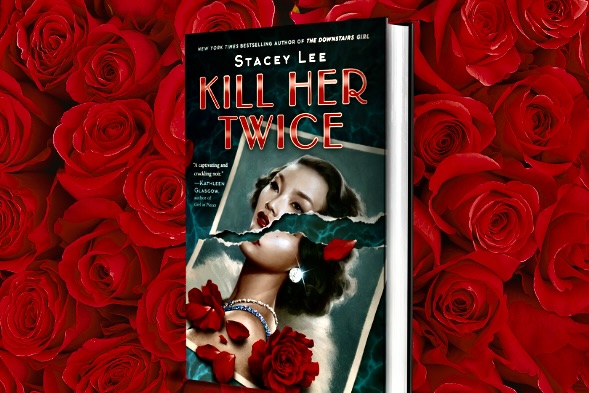
Los Angeles, 1932: Lulu Wong, star of the silver screen and the pride of Chinatown, has a face known to practically anyone, especially to the Chow sisters—May, Gemma, and Peony—Lulu’s former classmates and neighbors. So the girls instantly know it’s Lulu whose body they discover one morning in an out-of-the-way stable, far from the Beverly Hills mansion where she moved once her fame skyrocketed.
The sisters suspect Lulu’s death is the result of foul play, but the LAPD—known for being corrupt to the core—doesn’t seem motivated to investigate. Even worse, there are signs that point to the possibility of a police cover-up, and powerful forces in the city want to frame the killing as evidence that Chinatown is a den of iniquity and crime, even more reason it should be demolished to make room for the construction of a new railway depot, Union Station.
Worried that neither the police nor the papers will treat a Chinese girl fairly—no matter how famous and wealthy—the sisters set out to solve their friend’s murder themselves, and maybe save their neighborhood in the bargain. But with Lulu’s killer still on the loose, the girls’ investigation just might put them square in the crosshairs of a coldblooded murderer.
YIKES!!!! I am here for this!
NOVEMBER 2025
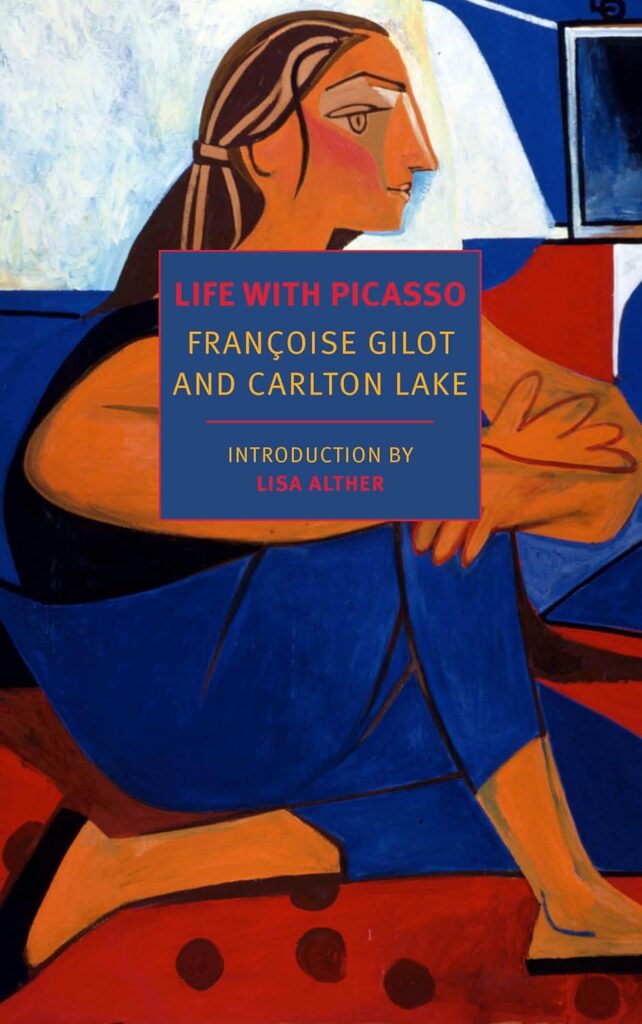
Nonfiction November and Picasso’s story told from François.




Françoise Gilot had a career that spanned eight decades and her work now fetches over $1m. Yet when this astonishing woman died, the headlines were more interested in her former lover..
Françoise Gilot’s candid memoir remains the most revealing portrait of Picasso written, and gives fascinating insight into the intense and creative life shared by two modern artists.
Françoise Gilot was in her early twenties when she met the sixty-one-year-old Pablo Picasso in 1943. Brought up in a well-to-do upper-middle-class family, who had sent her to Cambridge and the Sorbonne and hoped that she would go into law, the young woman defied their wishes and set her sights on being an artist. Her introduction to Picasso led to a friendship, a love affair, and a relationship of ten years, during which Gilot gave birth to Picasso’s two children, Paloma and Claude. Gilot was one of Picasso’s muses; she was also very much her own woman, determined to make herself into the remarkable painter she did indeed become.
Life with Picasso, written with Carlton Lake and published in 1961, is about Picasso the artist and Picasso the man. We hear him talking about painting and sculpture, his life, his career, as well as other artists, both contemporaries and old masters. We glimpse Picasso in his many and volatile moods, dismissing his work, exultant over his work, entertaining his various superstitions, being an anxious father. But Life with Picasso is not only a portrait of a great artist at the height of his fame; it is also a picture of a talented young woman of exacting intelligence at the outset of her own notable career.







I am so excited to look at all her art and read this book!
DECEMBER 2025


WINTER IN THE BLOOD
A contemporary classic from a major writer of the Native American renaissance — “Brilliant, brutal and, in my opinion, Welch’s best work.” —Tommy Orange, The Washington Post
One of The Atlantic’s Great American Novels of the Past 100 Years
During his life, James Welch came to be regarded as a master of American prose, and his first novel, Winter in the Blood, is one of his most enduring works. The narrator of this beautiful, often disquieting novel is a young Native American man living on the Fort Belknap Reservation in Montana. Sensitive and self-destructive, he searches for something that will bind him to the lands of his ancestors but is haunted by personal tragedy, the dissolution of his once proud heritage, and Montana’s vast emptiness. Winter in the Blood is an evocative and unforgettable work of literature that will continue to move and inspire anyone who encounters it.
A little something different for December. I am hoping for beautiful prose.
SO! That is our LIST for 2025
I am so so so so excited for 2025 Sundays!


